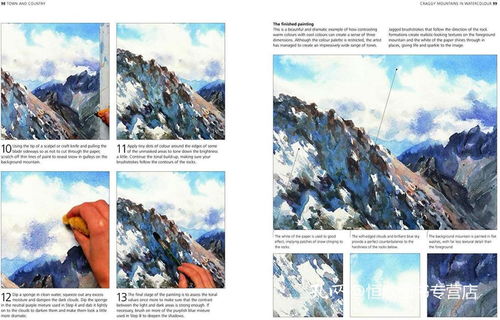As the Lìqiū, or the beginning of autumn, approaches, anglers around the world eagerly anticipate the change in weather and the corresponding shift in fish behavior. The cooler temperatures and shorter days signal a new season of fishing opportunities, especially in black pit environments. This article delves into the essential techniques for successful fishing during the Lìqiū season, focusing on how to effectively fish in black pits.
Understanding the Lìqiū Season
The Lìqiū, or the "start of autumn," is one of the four traditional Chinese seasonal divisions. It marks the transition from summer to autumn and typically falls around August 7th or 8th. During this time, the days grow shorter and the nights longer, leading to a drop in temperature. Fish, particularly those in black pits, often exhibit different feeding patterns and behaviors during this season.
Black Pit Fishing Basics
Black pits, also known as private fishing lakes or ponds, are popular among anglers due to their controlled environment and variety of fish species. Here are some fundamental tips for black pit fishing during the Lìqiū season:

Pre-Season Preparation
Before the Lìqiū season arrives, it's wise to prepare your gear and understand the specific regulations of the black pit you plan to fish. This includes:
- Checking the Fish Stock: Ensure that the black pit has been restocked with fish that are active during the cooler months.
- Understanding the Rules: Familiarize yourself with the black pit's fishing rules, such as size limits, catch-and-release policies, and fishing hours.
Gear Selection
For Lìqiū fishing, your gear should be adaptable to the changing weather and fish behavior:
- Reel: A quality reel with a smooth drag system is crucial for both casting and retrieving.
- Rod: A medium-heavy rod is often ideal for black pit fishing, as it provides the necessary strength to handle larger fish.
- Line: Choose a monofilament line with a thickness that matches the rod and reel specifications. A line thickness of 8 to 12 pounds is generally sufficient.
Timing Your Sessions
Understanding when to fish is as important as how to fish:
- Early Morning and Evening: Fish are often most active during the cooler parts of the day, so early mornings and evenings are prime times for catching them.
- Overcast Days: On overcast days, fish may be more active due to the reduced light intensity, making it an excellent time for fishing.
Lìqiū Fishing Techniques
Locating the Fish
During the Lìqiū season, fish often move to deeper water to escape the cooler surface temperatures. Here's how to locate them:
- Use a Depth Finder: A depth finder can help you identify where the fish are holding in the black pit.
- Search for Structure: Look for submerged trees, rocks, or other structures where fish might congregate.
Lures and Baits
Choose baits and lures that mimic natural prey and are effective in cooler water:
- Soft Plastics: Lures like worms, grubs, and swimbaits can be effective, especially when worked slowly and methodically.
- Live Baits: If allowed, live baits like worms, crickets, or minnows can be irresistible to fish during the Lìqiū season.
Casting and Retrieving
- Longer Casts: During the Lìqiū season, fish may be deeper in the water, so longer casts are often necessary.
- Slower Retrieval: Fish are less active during cooler temperatures, so a slower retrieval rate can be more effective.
Patience and Adaptation
Fishing during the Lìqiū season requires patience and adaptability:
- Be Observant: Pay attention to the fish's behavior and adjust your tactics accordingly.
- Experiment with Techniques: If one method isn't working, try changing lures, depths, or retrieval speeds.
Conclusion
Fishing during the Lìqiū season in black pits can be a rewarding experience for anglers who understand the nuances of the season and the fish they're targeting. By preparing your gear, understanding the fish's behavior, and employing the right techniques, you can increase your chances of success. Remember, the key to Lìqiū fishing is patience, adaptability, and a keen awareness of the changing environment. With these tips in mind, you'll be well on your way to mastering the art of fall fishing in black pits.












